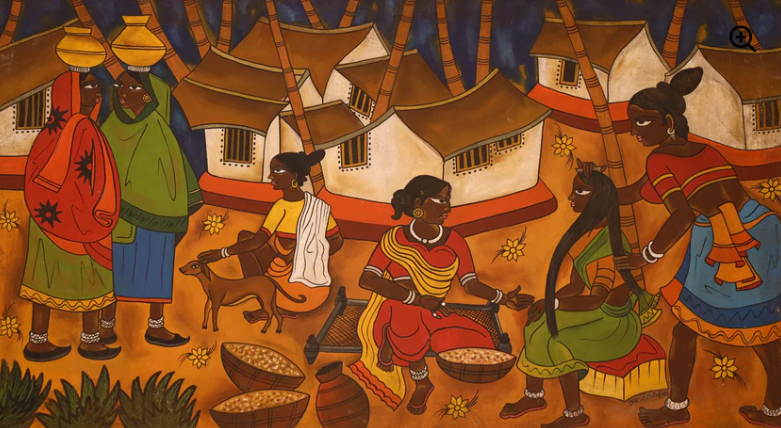
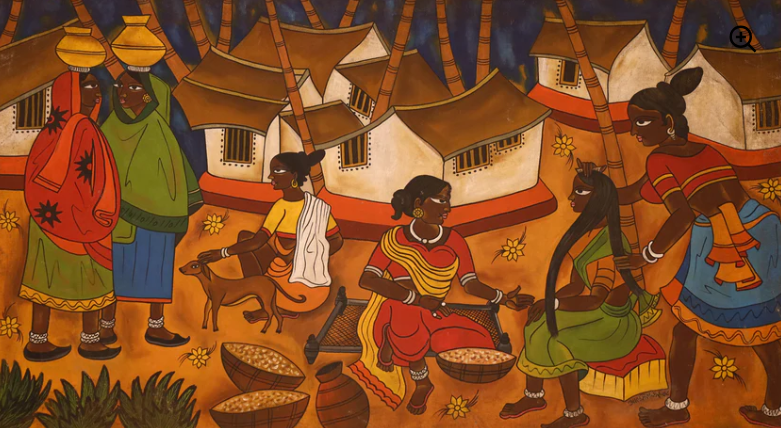
Subhra Mazumdar
The Art of India 2025, held in the capital from 11 to 19 January 2025, was an initiative by newspaper giant The Times of India in partnership with Kotak Private. This landmark art juggernaut—put together by veteran curator and authority on art, Dr Alka Pande, and clocking its fourth edition this year—featured over 200 works sourced from 10 participating galleries, comprising drawings, paintings, art photography, sculptures, oil and acrylic works, prints, and new media. The show’s one-of-a-kind selection of exhibits bears out the remark by Daniel Libeskind, the Polish-American architect, artist, set designer and professor, who once said that, “art and culture are not just frills, but crucial elements of human life.”
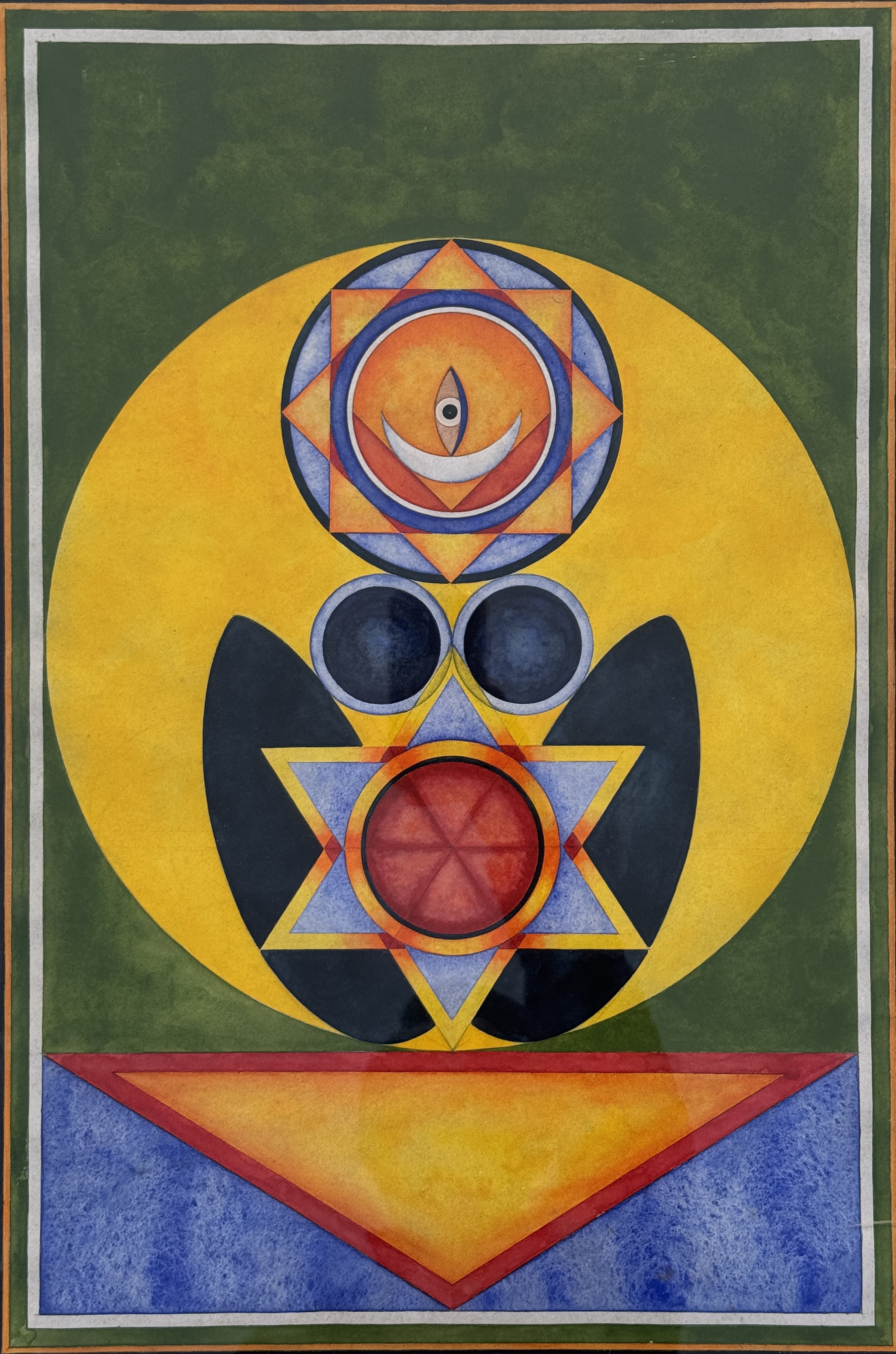
Housed in the spacious interiors of the Visual Arts Gallery in the capital’s India Habitat Centre, the exhibits mapped the journey of art in India, showcasing works by the Indian masters as well as those of senior artists. There were innovative inclusions, such as the art photography of Sanjay Das, with its take on the terracotta tiles on the façade of a temple in rural Bengal. Among the newer works of eye-catching interest was an elegant sculpture of a giant bull (made using metal temple bells) by noted artist Paresh Maity, staking claim to viewer attention with its placement at the exhibition’s entrance.
Alongside the astute selection, what was noteworthy was the manner in which the exhibits were displayed. Divided into categories—masters and senior artists, hidden gems, tomorrow’s blue chips, folk and tribal artists, etc.—the exhibition sought to embrace inclusivity, while being set up to allow visitors to experience it in its entirety. Yet, Art of India wasn’t just an exhibition with a focus on deserving artists—a who’s who of Indian art—but also a fascinating glimpse into the oeuvre of lesser-known artists.
There was A.A. Almelkar, whose rootedness in the folk-art tradition and intricate detailing reminded one of the Ajanta murals, while the compositional wonder of the late Abdur Rahman Chughtai’s atypical feminine figures, in subtle tones of gold and ochre, brought to mind Mughal miniatures. Abstract art was represented in the creations of Achuthan Kudallur, whose bold applications of browns and reds brought to life the popular and vibrant firewalker performances in the rural South.
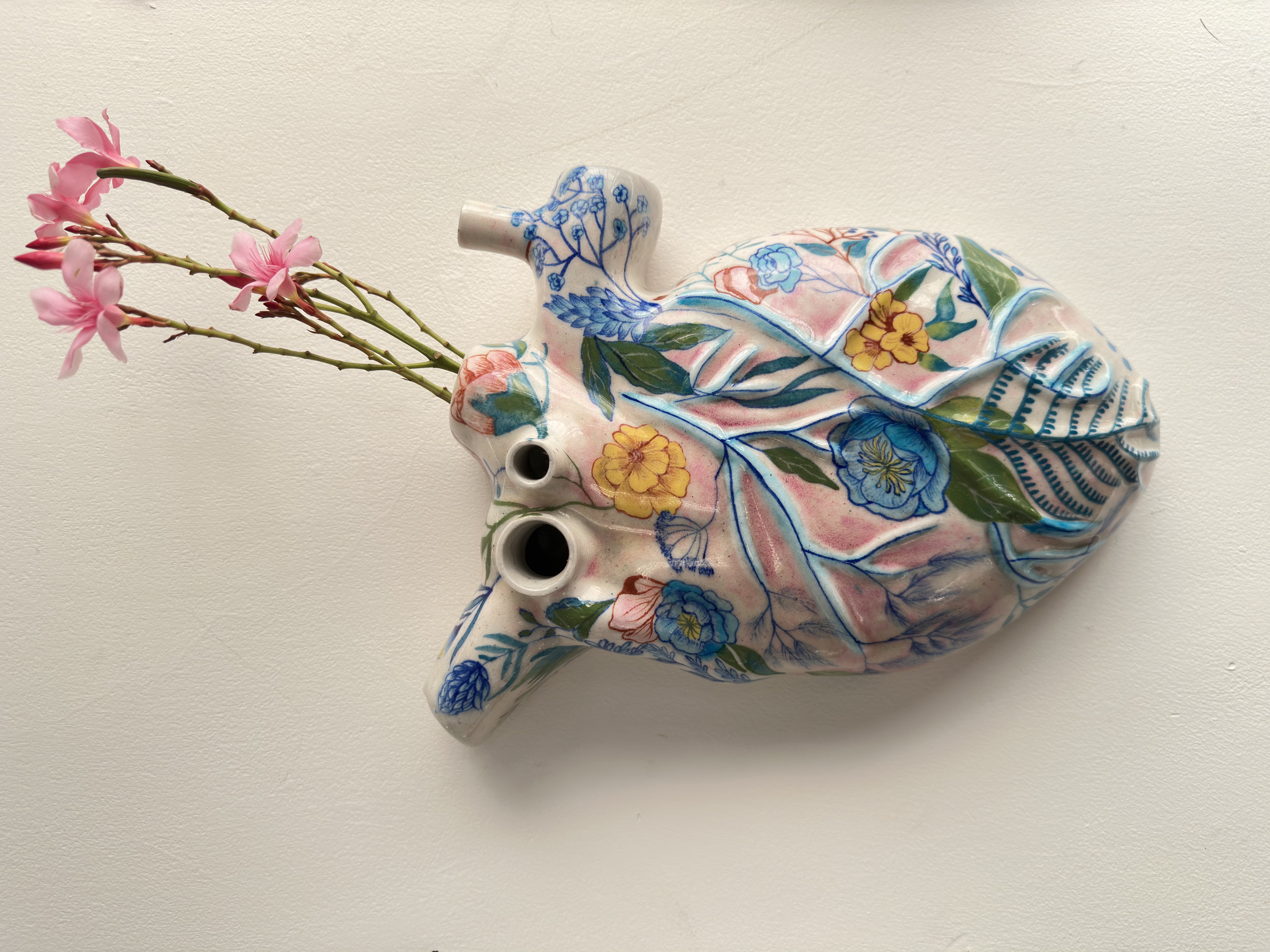
There was a surprise in store from the late B. Prabha, to whose poignant depictions of rural women visitors are invariably drawn; her exhibit at Art of India was an unusual study of a bunch of roses, unexpected but all the more welcome for it. Another beguiling inclusion was the work by K.H. Ara, which, despite being displayed in one corner, caught attention by its treatment of vases in his signature still-life mastery. One was also drawn to the line work and minutiae of Gulammohammed Sheikh, and the highly balanced abstract output of G.R. Iranna.
Also present was the works of the masters from Bengal, including the moody abstract art of Ganesh Haloi, and the metaphorical storytelling in the drawings of Jayasri Burman, full of intricate details. Jamini Roy too was represented, as was Jogen Chowdhury, whose pen-and-ink work, ‘Angry Man’, captured every straining muscle of the face in telling detail. Easily recognisable was Krishen Khanna’s sculpture in bronze of his iconic bandwallahs, while a couple of untitled works by K.S. Kulkarni intriguingly broke away from his signature geometry.
And featured among the small but significant collection of emerging artists (‘Hidden Gems’) were Amitabh Sengupta (a symmetrical study on canvas, using a deft palette of browns and oranges), Vinita Karim (geometric cityscapes), and Asha Thadani (photographs of tribal women in captured unguarded moments).
Indeed, the talking point of this mega show was the artists of the future, in a category aptly titled ‘Tomorrow’s Blue Chips’. As with all such inclusions, there is an element of personal choice, which is what made this section so appealing. None of the works on view were duplicated in terms of the use of materials; for example, one came across a sculpture in blue pottery in the shape of a palpitating heart, its blue-and-red veined exterior creating a flowing illusion. Meanwhile, the figurative form in the work of Manish Chavda called for individual interpretation—man, monster, or just a bovine in the grass? Because of their imaginative treatments, these and many other works generated plenty of interest and views.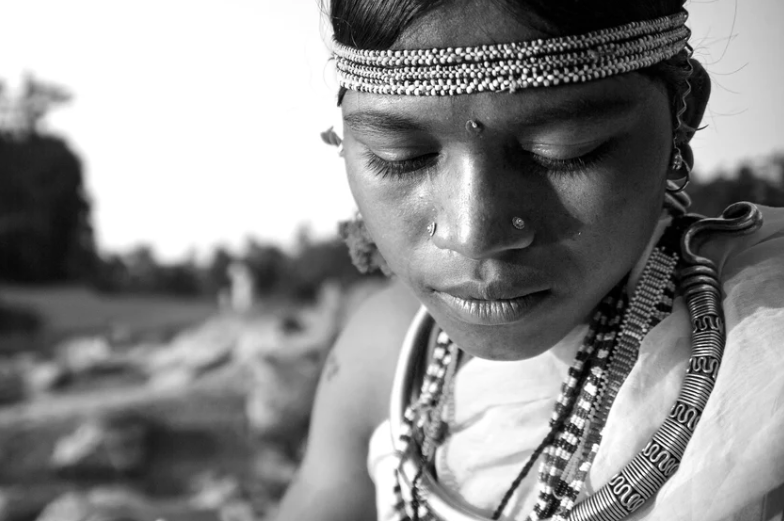
Besides, there were surprises in the ‘Folk and Tribal Works’ segment. Alongside the regular displays of Gond and Pichhwai Art, there were lithograhs, Khovar artwork (a wall-painting tradition from Hazaribagh district, Jharkhand), wooden masks from Himachal, and reverse painting done on mica, among others. Catching the eye was a wooden Theyyam bust used in divine rituals, and a Bhuta mask made with mixed alloy from coastal Karnataka (Bhutas are divine entities who are revered in the area). Also on view was an interesting sculpture of a family of rats riding an elephant by well-known artist Sukhnandi Vyam, who belongs to the Gond-Pardhan community.
Of course, there was still space for legends like Bhupen Khakhar, F.N. Souza, Amrita Shergill, Arpana Caur, M.F. Husain and Satish Gujral. Indeed, wherever you looked, there was Indian art in all its resplendent traditions and exciting variety, and many fresh takes on art to be savoured.